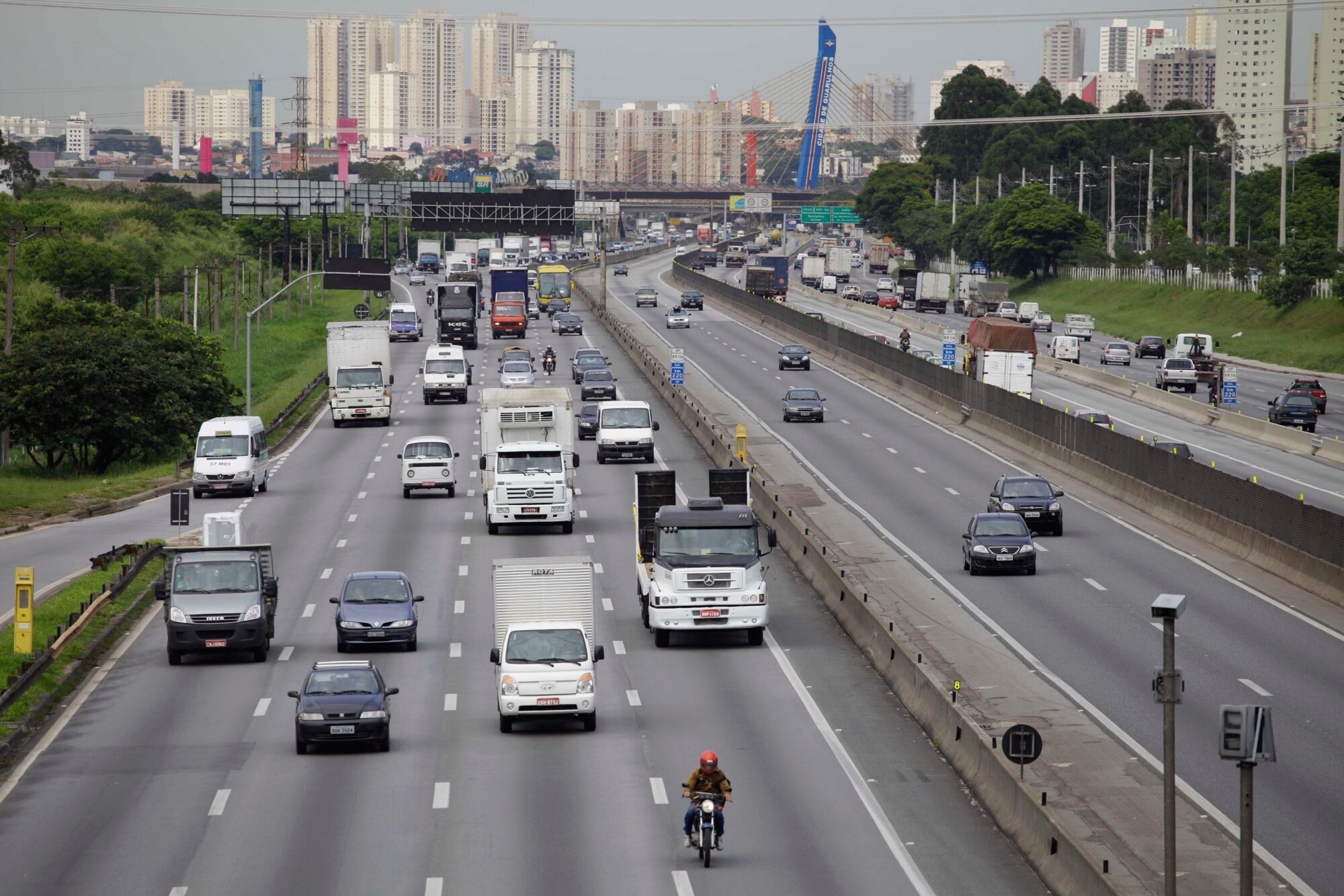The transport sector accounted for 10% of Brazil’s total emissions in 2023, more than electricity generation and the industrial sector, with 92% coming from road transport. The government of Brazil has identified electric vehicles (EVs) as essential to transport decarbonization, but has not issued clear electrification targets or specified how the country intends to achieve net-zero road transport emissions by 2050. Meanwhile, the decarbonization strategies adopted by major automakers in Brazil remain focused on flex-fuel hybrid vehicles. The Green Mobility and Innovation Program (MOVER), which defines Brazil’s CO2 emission standards, has set an emission target for 2027 that is only 3% below the emissions of vehicles sold in the first half of 2025, requiring little additional effort from automakers. For heavy-duty vehicles, the program is expected to announce the first targets in 2029, with compliance beginning in 2033.
To identify the most effective path toward transport decarbonization, this study models well-to-wheel CO2 emissions from Brazil’s road transport sector under four scenarios between 2025 and 2050:
- Baseline: This scenario represents business as usual, only incorporating the CO2e emission and energy efficiency targets compatible with the first phase of LDV targets under the MOVER Program.
- Mixed Transition: Simulates the current decarbonization pathway currently pursues by most automakers in Brazil, combining multiple solutions — biofuels, biomethane, and green hydrogen — along with full and hybrid electrification.
- Moderate Electrification: Includes greater penetration of BEVs in all segments, aligned with targets from Mexico, Colombia, Chile, and Ecuador.
- Ambitious Electrification: Reflects an accelerated adoption of zero-emission vehicles in all segments.
Each scenario incorporates different decarbonization measures, resulting in distinct emission trajectories over time. The main findings include:
- Emissions are highest in the Baseline scenario, with 2050 levels projected to be only 7% lower than in 2025.
- Under the Mixed Transition scenario, increased use of biofuels, natural gas, and hydrogen for heavy-duty trucks, combined with higher adoption of plug-in hybrids among light-duty vehicles, result in 17% lower emissions in 2050 compared to 2025.
- The Moderate Electrification scenario achieves a faster decline in GHG emissions, reaching 28% lower levels in 2050.
- The Ambitious Electrification scenario is the most effective, with a 64% reduction in emissions by 2050, driven by a rapid transition to BEVs and a cleaner electricity mix.
Overall, the results indicate that fleet electrification — particularly through the expansion of battery electric vehicles (BEVs)— could play a decisive role in reducing emissions from Brazil’s transport sector. In this context, introducing clear electrification targets and stricter emissions standards in the second phase of the MOVER program (2028–2032) could encourage BEV sales and domestic production. In addition, non-financial incentives, such as access to low- or zero-emission zones, road access privileges, and dedicated parking spaces, can provide effective incentives in urban settings.
The electrification of light commercial vehicles is generally easier to implement, as these vehicles typically operate in urban settings and have the possibility of depot charging, whereas HDV electrification requires substantial public and private investment in charging networks beyond major urban centers. Considering the importance of HDVs for decarbonization, identifying key corridors and cities to increase the availability of public charging infrastructure will also be important to spur electrification of this segment.
